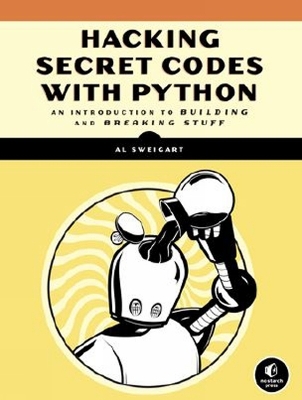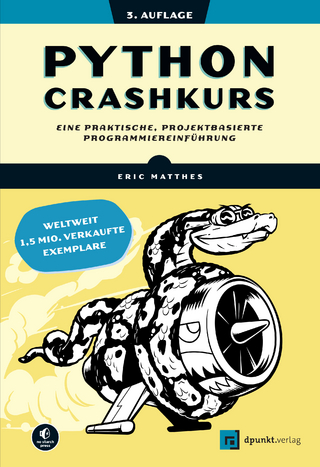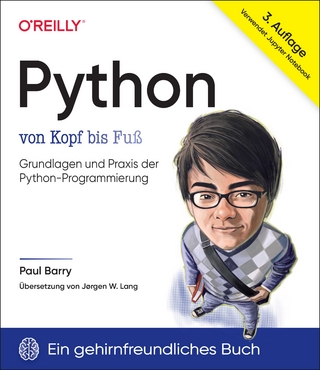
Cracking Codes With Python
No Starch Press (Verlag)
978-1-59327-822-9 (ISBN)
After a crash course in Python programming basics, you’ll learn to make, test, and hack programs that encrypt text with classical ciphers like the transposition cipher and Vigenère cipher. You’ll begin with simple programs for the reverse and Caesar ciphers and then work your way up to public key cryptography, the type of encryption used to secure today’s online transactions, including digital signatures, email, and Bitcoin.
Each program includes the full code and a line-by-line explanation of how things work. By the end of the book, you’ll have learned how to code in Python and you’ll have the clever programs to prove it!
You’ll also learn how to:
Combine loops, variables, and flow control statements into real working programs
Use dictionary files to instantly detect whether decrypted messages are valid English or gibberish
Create test programs to make sure that your code encrypts and decrypts correctly
Code (and hack!) a working example of the affine cipher, which uses modular arithmetic to encrypt a message
Break ciphers with techniques such as brute-force and frequency analysis
There’s no better way to learn to code than to play with real programs. Cracking Codes with Python makes the learning fun!
Al Sweigart is a professional software developer who teaches programming to kids and adults. He is the author of Automate the Boring Stuff with Python, Invent Your Own Computer Games with Python, and Scratch Programming Playground, also from No Starch Press.
Introduction
Chapter 1: Making Paper Cryptography Tools
Chapter 2: Programming in the Interactive Shell
Chapter 3: Strings and Writing Programs
Chapter 4: The Reverse Cipher
Chapter 5: The Caesar Cipher
Chapter 6: Hacking the Caesar Cipher with Brute Force
Chapter 7: Encrypting with the Transposition Cipher
Chapter 8: Decrypting with the Transposition Cipher
Chapter 9: Programming a Program to Test Your Program
Chapter 10: Encrypting and Decrypting Files
Chapter 11: Detecting English Programmatically
Chapter 12: Hacking the Transposition Cipher
Chapter 13: A Modular Arithmetic Module for the Affine Cipher
Chapter 14: Programming the Affine Cipher
Chapter 15: Hacking the Affine Cipher
Chapter 16: Programming the Simple Substitution Cipher
Chapter 17: Hacking the Simple Substitution Cipher
Chapter 18: Programming the Vigenère Cipher
Chapter 19: Frequency Analysis
Chapter 20: Hacking the Vigenère Cipher
Chapter 21: The One-Time Pad Cipher
Chapter 22: Finding and Generating Prime Numbers
Chapter 23: Generating Keys for the RSA Cipher
Chapter 24: Programming the RSA Cipher
Appendix: Debugging Python Code
| Erscheinungsdatum | 16.01.2018 |
|---|---|
| Verlagsort | San Francisco |
| Sprache | englisch |
| Maße | 178 x 234 mm |
| Gewicht | 678 g |
| Einbandart | kartoniert |
| Themenwelt | Informatik ► Programmiersprachen / -werkzeuge ► Python |
| Informatik ► Theorie / Studium ► Kryptologie | |
| Mathematik / Informatik ► Informatik ► Web / Internet | |
| Schlagworte | chiffrieren • Python • Verschlüsseln |
| ISBN-10 | 1-59327-822-5 / 1593278225 |
| ISBN-13 | 978-1-59327-822-9 / 9781593278229 |
| Zustand | Neuware |
| Haben Sie eine Frage zum Produkt? |
aus dem Bereich


